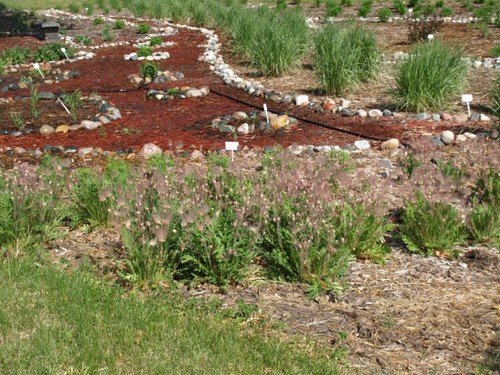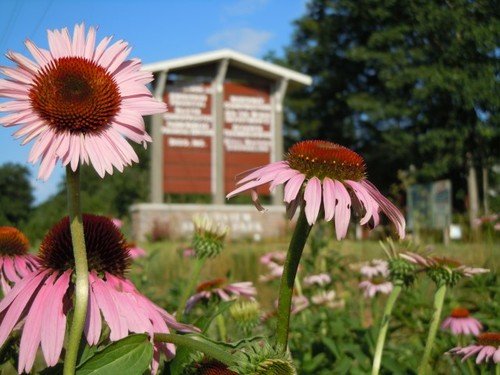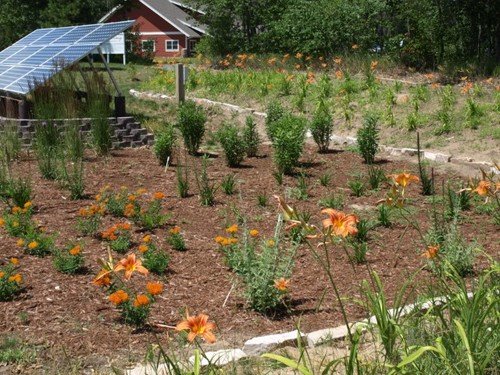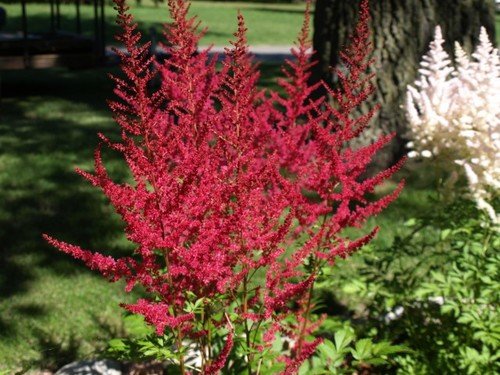Our commitment to social and environmental responsibility
At Syvantis Technologies, we take our social and environmental responsibilities seriously, and our care for the world around us doesn’t stop when we log out for the day. The owners and employees of Syvantis are committed to sustaining our local communities by participating in sound environmental practices.
Syvantis is headquartered in Northern Minnesota’s beautiful and pristine Brainerd Lakes region. Our goal is to support, preserve, and conserve local precious natural resources, flora, and fauna—particularly the lakes, which draw tourists from across the country.






Fairview Conservancy
The owners of Syvantis believe that successful businesses have a duty of stewardship for their communities. In 2006, the owners of Syvantis and their families purchased a parcel of land in Baxter, Minnesota to house their growing business. Syvantis Technologies received several grants to assist in building the project. Grantors included the Minnesota Pollution Control Agency, the Initiative Foundation, Crow Wing Power, MN Regional Partnership, and others. Over the course of the next several years, the project grew to demonstrate that not only does low impact development help the environment, it makes economic sense for small businesses as well.
Fairview Conservancy is a 4.5 acre demonstration project designed to increase awareness and participation of north central Minnesota commercial landowners in conservation design alternatives. The project is focused on commercial properties in Cass, Crow Wing, Morrison, Todd, and Wadena counties. The project includes numerous forms of low impact development and green building alternatives that meet the following criteria:
Can be easily applied to communities in rural Minnesota.
Can be adopted with a minimum disruption to the company's normal business practices.
Demonstrates a quick payback of initial project costs.
Cost is not appreciably more than a traditional comparable alternative.
Provides a quick, positive, and measurable impact upon the area's natural resources.
Fairview Conservancy provides guided tours of the facility demonstrating the application of each alternative.
Fairview Conservancy was winner of the 2008 Minnesota Environmental Initiative Award for Green Building and Development. Janelle Riley was awarded the 2009 Minnesota Erosion Control Association Environmental Excellence Award.
The Fairview Office Park Project has been featured at many conferences, including the Build Smart Summit, the Green by Design Conference sponsored by Minnesota Green Communities, the Minnesota Erosion Control Association Annual Conference, the Brainerd Lakes Area Environmental Learning Network, the Mille Lacs Band of Ojibwe Annual Conference, and the Renewable and Alternative Energy Forum.
The Economics of Low Impact Development
Low Impact Development (LID) strategies use careful site design and decentralized storm water management to reduce the environmental footprint of new growth. This approach improves water quality, minimizes the need for expensive pipe-and-pond storm water systems, and creates more attractive developments.
According to the EPA, LID is an approach to land development (or re-development) that works with nature to manage storm water as close to its source as possible. LID employs principles such as preserving and recreating natural landscape features, and minimizing effective imperviousness to create functional and appealing site drainage—all of which treat storm water as a resource rather than a waste product. There are many practices that have been used to adhere to these principles such as bioretention facilities, rain gardens, vegetated rooftops, rain barrels, and permeable pavements.
By implementing LID principles and practices, water can be managed in a way that reduces the impact of built areas and promotes the natural movement of water within an ecosystem or watershed. Applied on a broad scale, LID can maintain or restore a watershed's hydrologic and ecological functions. LID has been characterized as a sustainable storm water practice by the Water Environment Research Foundation and others.
The owners of Syvantis Technologies have followed as many best practices in low impact development as possible in the design and maintenance of Fairview Office Park. The development demonstrates the use of permeable asphalt, rain gardens, and rain barrels. In addition, the site demonstrates how utilizing 100% native plant species creates an inviting, natural environment for office workers and visitors. The main property does not require mowing or sprinkling.
Sustainable development makes economic sense and environmental sense. The average small businessperson can save money and make a positive impact on the environment by making very small changes in their development methods. The methods employed at Fairview Office Park can be duplicated in any small business setting.

